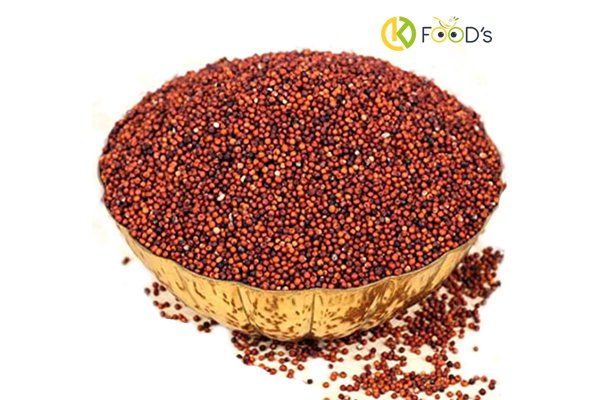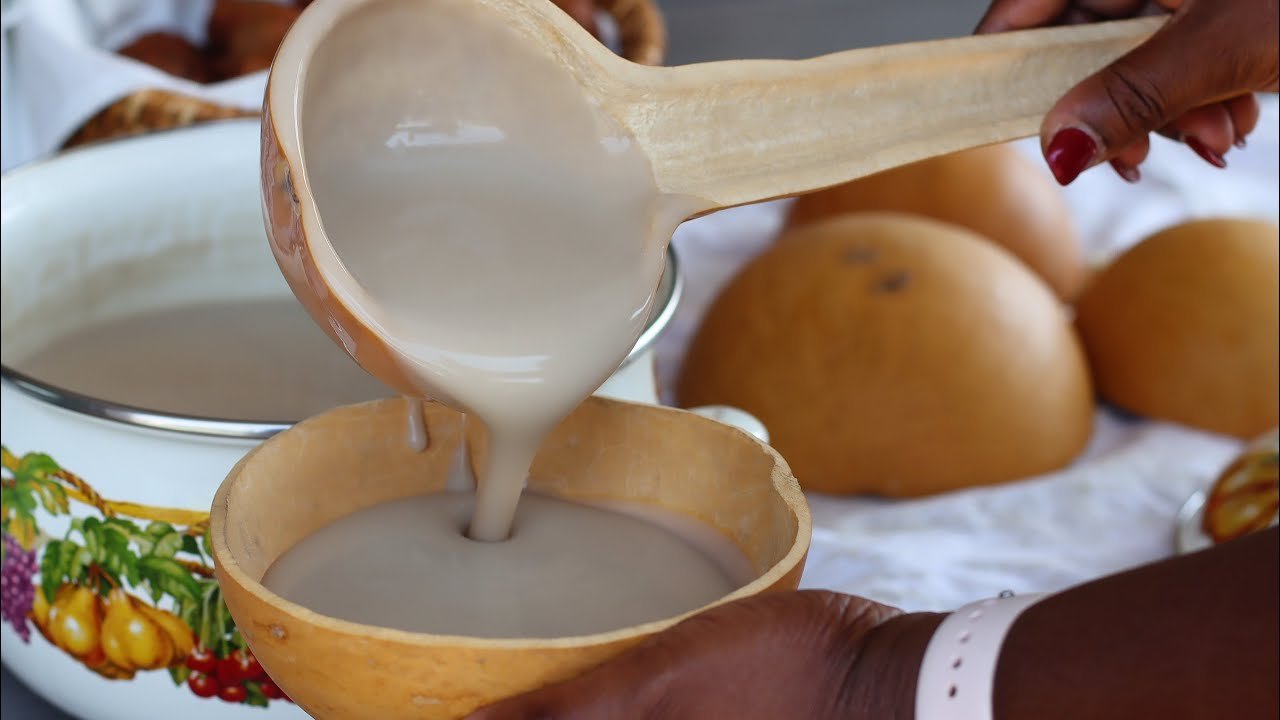Nutrition
Red Velvet Cake

Red-Velvet-Cake
Ingredients
• 2 and ½ cups (340grammes) of all-purpose flour
• ¼ cup (35g) of cornstarch
• 2 tablespoonsful (12grammes) of unsweetened cocoa powder (any kind works)
• 1 teaspoonful of baking soda
• ¾ teaspoonful of salt
• ½ cup (1 stick/ 115grammes ) of unsalted butter, softened to room temperature
• 2 and ⅛ cups (425grammes )of granulated sugar
• 1 cup (240 millimeters)of vegetable or canola oil
• 3 large eggs
• 2 teaspoonful of vanilla extract
• 1 and ¼ teaspoonful distilled white vinegar
• 2-3 tablespoonful of red food colouring
• 1 cup (240 millimeters of ) buttermilk
Cream Cheese Frosting:
• 16 oz. (450grammes ) full-fat block cream cheese (not spread), at room temperature
• 2 sticks/225grammes of unsalted butter , softened to room temperature
• 4 cups (480grames) powdered sugar, sifted
• 2 teaspoonful of pure vanilla extract
• Pinch of salt (optional)
Preparation
-To make the cake: Preheat oven to 350°F/180°C. Grease two 8-inch or 9-inch cake pans that are at least 2-inches high, and line the bottom of the pan with a round piece of parchment paper.
-In a medium bowl, sift together flour, cornstarch, cocoa powder, baking soda, and salt. Set aside.
-In a standing mixer fitted with the paddle attachment, beat together butter and sugar on medium speed until light and fluffy, 3-4 minutes. Scrape down the sides and bottom of the bowl as necessary. Beat in oil. The butter might look a bit curdled but that’s okay. Add eggs, one at a time, mixing well between each addition. Add vanilla and vinegar and beat until combined.
-Add red food colouring, until desired colour is reached. With the mixer on low speed, add half of the dry ingredients and beat just until combined. Add buttermilk, followed by the rest of the dry ingredients. Do not over mix.
-Divide butter evenly between pans. Bake for 30-35 minutes or until a toothpick inserted into the center comes out clean. Allow cakes to cool in the pan on a wire rack until they’re easy to handle, then remove from pan and allow to cool completely on a wire rack.
-Making the frosting: In the bowl of an electric mixer fitted with the paddle attachment, beat butter and cream cheese on medium-high speed until smooth and creamy, 1-2 minutes. Add sugar in two additions, beating well after each addition until smooth. Add vanilla and salt and keep beating until smooth and fluffy.
-Assembling the cake: Set one layer on a plate with the flat side facing up (or, if your cake rose too much, cut its rounded top with a knife to make it flat). Evenly spread a thick layer of the frosting over the cake to the edge. Top with the second cake layer, rounded side up. Spread the remaining frosting over the top and sides of the cake.
-Store cake in an airtight container in the fridge for up to five days. One can remove it from the fridge 15-20 minutes before serving so that it’s soft.
Nutrition
Benefits of millet

– High nutritional value: Millets are a rich source of nutrients, including protein, fibre, and micronutrients like magnesium, potassium, and zinc.
It also has a low glycemic index. This makes it an ideal food for people with diabetes or anyone looking to maintain stable blood sugar levels.
– Gluten free: Millet is naturally gluten-free, making it an excellent choice for those with celiac disease or gluten intolerance. It’s also a great alternative to wheat for people looking to reduce their gluten intake.
-Promotes digestive health – The high fibre content in millet makes it an excellent food for promoting digestive health. It can help to prevent constipation and reduce the risk of colon cancer.
-Aids weight loss – Millets have a low calorie count, and they are an excellent food product for weight loss. They help to maintain energy levels throughout the day, preventing the need for constant snacking and overeating. Millets also keep you satiated for longer than other carbohydrates, as they take time to get digested and absorbed into your body.
-Keeps blood sugar levels low – Millets have a low glycaemic index, which makes them an excellent food for regulating blood sugar levels. Consuming millets regularly can lower your risk of developing diabetes.
-Boosts Immunity – Millets provide a great source of protein and can help develop and strengthen your immunity. A stronger immune system means fewer chances of you catching diseases.
-Reduces cardiovascular risks – The essential fats found in millets provide our bodies with good fats which prevent excess fat storage, effectively lowering the risk of high cholesterol, strokes, and other heart complaints. The potassium content in millets regulates your blood pressure and optimises your circulatory system.
-Prevents asthma – The magnesium content in millets can reduce the frequency and severity of migraines and asthma complaints. Unlike wheat, they do not contain the allergens that lead to asthma and wheezing.
-Helps your digestion – Millets are a rich fibre source that benefits digestion by alleviating bloating, gas, cramping, and constipation. Good digestion keeps issues like gastric/colon cancer and kidney/liver complaints away.
-Acts as an antioxidant – Millets help the body detox because of their antioxidant properties. Quercetin, curcumin, ellagic acid, and other valuable catechins flush out toxins from your body and neutralise the enzymatic actions of your organs.
Source: wafflemill.com
Nutrition
Millet flour porridge

Millet porridge, is commonly consumed as a breakfast meal. It can also be taken late in the afternoon as snack. It is called Hausa koko in areas where it was introduced by Hausa-speaking people.
Ingredients
– 100 grams of millet flour
-Water
-5 cloves
-Ginger
Preparation
• Mix millet flour with enough water to form a dough
• Leave dough to ferment (preferably overnight)
• Mix dough with enough water and sieve for cooking
• Allow mixture to boil for some time.
• Add sieved mixture to boiled water and stir vigorously to avoid formation of lumps
• Allow it to boil until it is cooked and served hot.







